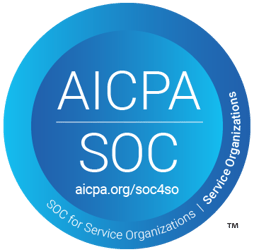 Reviewing your lending institution’s collateral protection policies may not be at the top of your priority list. Who really wants to scour through the fine print of a policy that could easily exceed one hundred pages? These cumbersome policies are contracts that spell out the obligations of both the insurer and the insured using complex language and technical jargon which can be difficult to interpret. Due to the assignment of responsibilities to both parties, it is vital to take the time to understand your policies and the obligations outlined within.
Reviewing your lending institution’s collateral protection policies may not be at the top of your priority list. Who really wants to scour through the fine print of a policy that could easily exceed one hundred pages? These cumbersome policies are contracts that spell out the obligations of both the insurer and the insured using complex language and technical jargon which can be difficult to interpret. Due to the assignment of responsibilities to both parties, it is vital to take the time to understand your policies and the obligations outlined within.
All policies have a boilerplate section that includes definitions, coverage, perils insured against, exclusions, and settlement terms.
- Definitions - Common words with contextual meaning
- Coverage - Areas of risk protected within the policy
- Perils insured against - Types of risk against which the insurance is granted
- Exclusions - Provisions eliminating some type of risk from coverage
- Settlement Terms - Conditions under which insurer and insured agree to settle a claim
Understanding this area is a good starting point, but it is likely that language could be altered by endorsements (forms that modify the main coverage information) to the policy. Endorsements modify the main coverage by adding additional coverage, excluding coverage, and/or revising a definition. Sometimes, the language can seem hazy at best. Fully understanding the moving parts on the policy can be the difference between getting a claim paid and denied, potentially resulting in charging off the balance. Moreover, when the choice is given to deliberate between multiple insurance carriers, small differences in the written language can be crucial to the settlement amount your institution receives.
Read our blog post: Worried about rising collateral protection premiums?
Institutions should review insurance policies upon receipt, prior to the purchase of any new coverage, and periodically to ensure all scenarios are covered. As lending circumstances often change or shift your coverage may shift also. For example, your institution may put a greater emphasis on commercial equipment loans than in prior years. Rates may dictate a shift from residential to commercial mortgages. Auto lending may ebb and flow. With those changes in mind, your exposure and thus collateral protection needs will also change.
After reviewing the policy, but prior to any changes, ask yourself the following questions:
- Does the policy cover each claim expected?
- How much does the policy pay per loss?
- What conditions of the policy must the insured comply with?
- Do any exclusions eliminate necessary coverage?
Knowing these answers allows your institution to comprehend policy expectations and leaves little room for unanticipated risks. Insurance coverage needs evolve over time. You can mitigate exposure by remaining in contact with your provider as your institutions collateral protection needs change. Understanding what your policy covers and doesn’t cover before a potential claim occurs can be paramount to the success of your financial institution.




